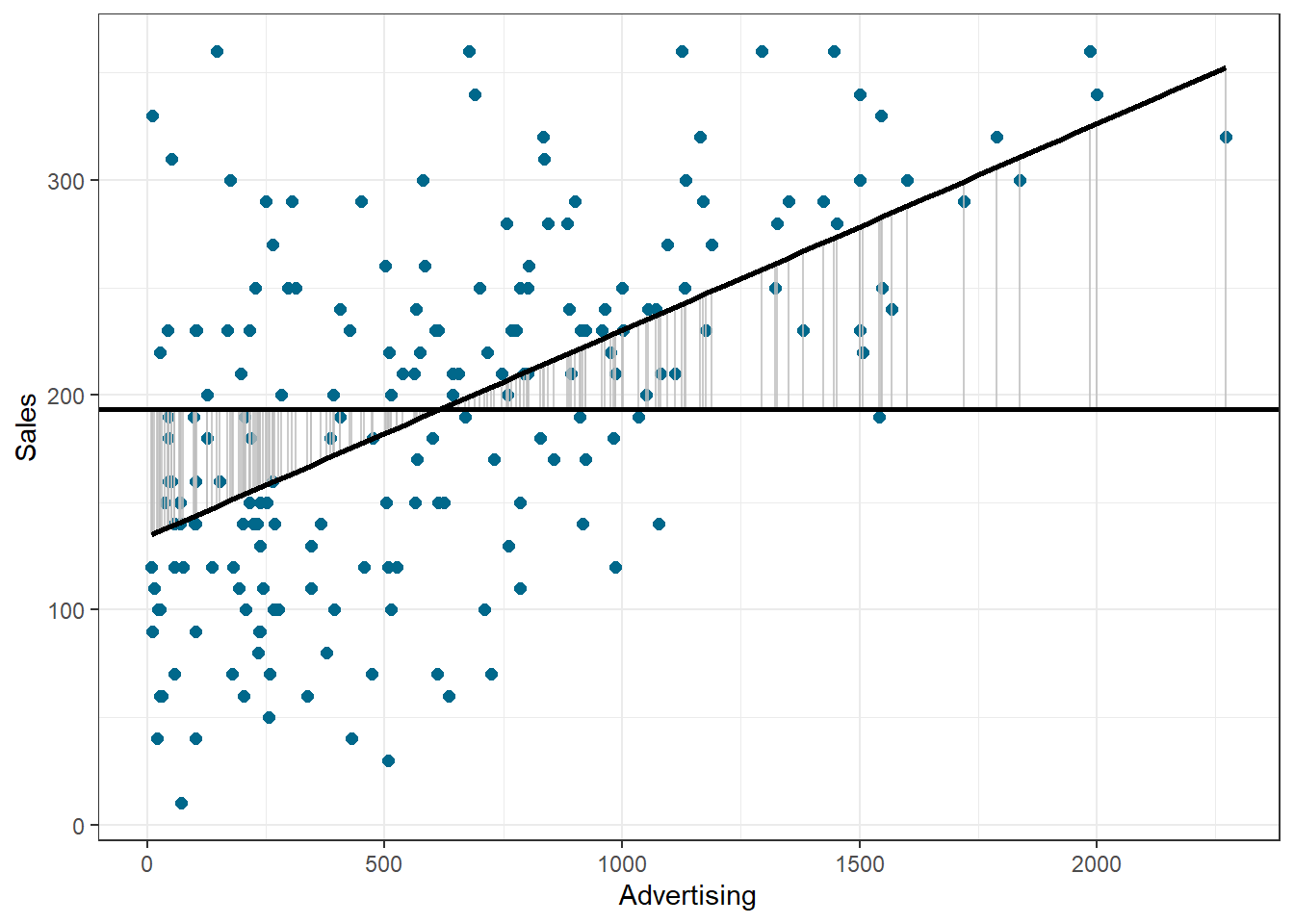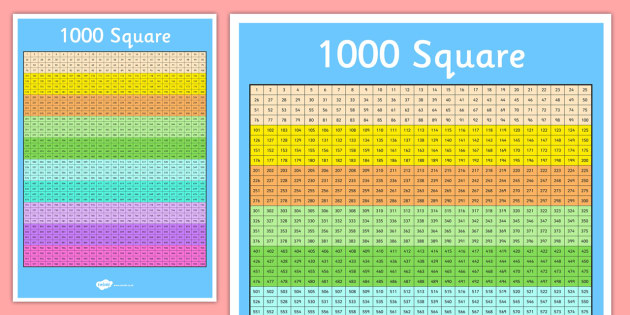

In the “Search places” box above the map, type an address, city, etc.There are four ways to get started using this Arkansas Section Township and Range map tool.The third column can contain links beginning with that will appear when the user clicks the map on that county.The header of the third column will be used as the map legend heading.In Google Sheets, create a spreadsheet with 4 columns in this order: County, StateAbbrev, Data* and Color Now, set map title & display options below, then click the Apply button belowġ. Paste the link you just copied into the box below:

Share your spreadsheet using these steps: (1) Click the Share button in the upper right corner, (2) click the Get link section in the box that appears, (3) change the sharing setting to Anyone with the link (keep the drop-down to the right set as Viewer), (4) click the Copy link button, and (5) click Done.
In the color column, you can use any browser-supported color name or any 6-digit hex color codeĢ. The second column can contain links beginning with that will appear when the user clicks the map on that ZIP Code. The header of the second column will be used as the map legend heading. If you don't have a Google Sheet, create one by importing from Excel or a. Map data will be read from the first sheet tab in your Google Sheet. You can use any combination of 5-digit ZIP Codes and 3-digit ZIP Codes. Free version has a limit of 1,000 rows monthly contributors can map up to 10,000 rows per map. In Google Sheets, create a spreadsheet with the first 3 columns in this order: ZIPCode, Data*, and Color To make this code comply with that convention, in the squares() generator change while num self.1. The usual Python range convention is to stop before you reach the high limit. Here's how to do that using a generator function: import mathįor Python 3, replace the next method name with _next_. You can simplify the arithmetic by using (n + 1)**2 = n**2 + (2*n + 1)






 0 kommentar(er)
0 kommentar(er)
